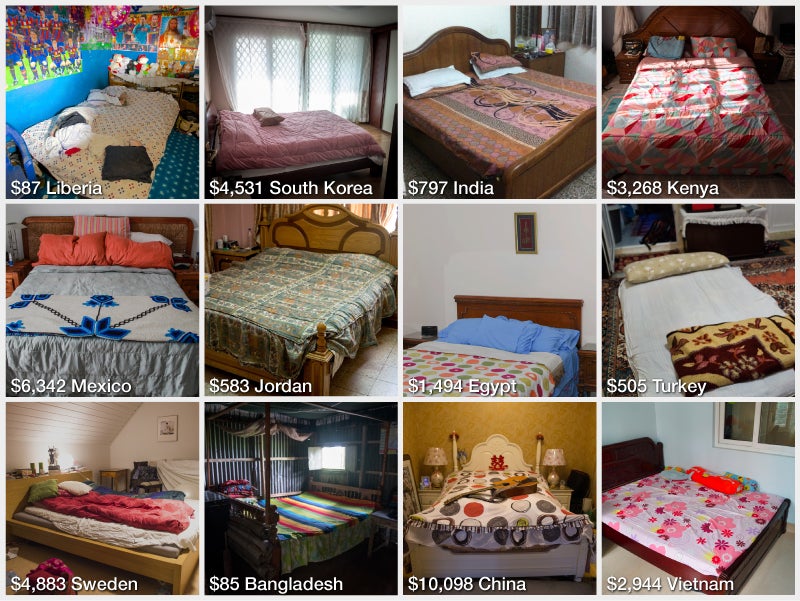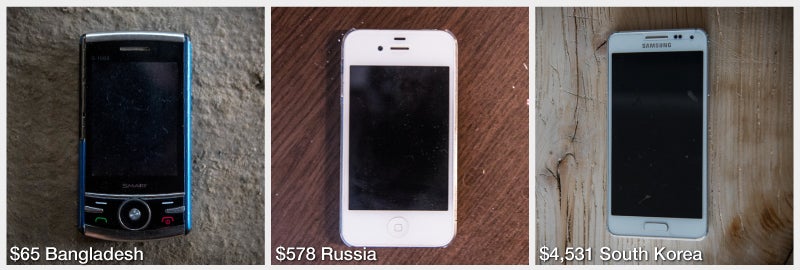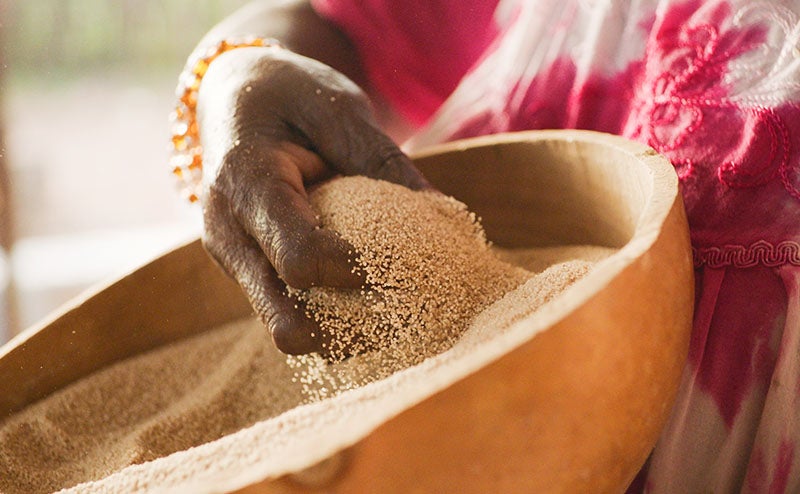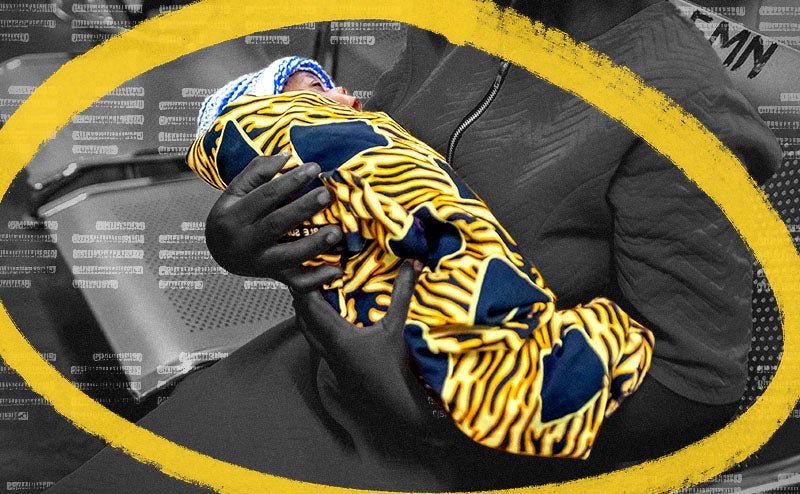People (including me) have been saying for decades that the Internet was making the world smaller. Lately I’ve been spending a lot of time on a website that delivers on that promise better than just about anything else I’ve seen.
It’s called Dollar Street, and it’s based on the simple idea that your address is your household’s monthly income.* You can see everything from cooking utensils to toothbrushes owned by people at various income levels in 50 countries. By comparing neighbors on Dollar Street, you get phenomenal insight into what life is truly like around the world.
Dollar Street was created by Anna Rosling, daughter-in-law of the late global-health educator Hans Rosling. I’ve spent a lot of time exploring the site and encourage you to do the same if you’re at all interested in understanding the world. As Anna says, “It’s striking to see how similar our lives are. It makes the world less scary to see that most people struggle with everyday business most of the time and they’re not so exotic and it’s not so scary.”
Here are seven surprising things you may learn on Dollar Street:
* In U.S. dollars, adjusted for the cost of goods and services where you live (what economists call purchasing power parity).
When it comes to daily life, where you live matters less than your income. Asians and Europeans at the same income level have similar living situations. Even their pets look similar. Rich Africans and Mexicans live like their counterparts in Europe and the U.S. The Acar family (Turks living in an Istanbul apartment at $505 per month) and the Hadley family (Americans in a Denver apartment at $604 per month) both dream of buying a house one day.


At Dollar Street you can see the things people use to meet their basic human needs. You can see sofas, eating utensils, shoes, and more—up to 135 objects in 264 homes across 50 countries.

As you move up Dollar Street, you go from buying bare essentials to functional items to luxuries. For example, meals at the lowest end of Dollar Street are often deficient in vitamins and calories that children need to develop properly. As incomes rise, meals become more nutritious and there is greater variety to the food. And as you approach the top, meals become prized for their flavor as well as how nutritious they are. Beds follow a similar pattern.

Across all income levels, people keep pets. The dogs and cats at 2000 Dollar Street might have nicer collars and live indoors, but even at 200 Dollar Street you'll see lots of families with pets.

Income is not a good indicator of what people prize most. Here’s a quick overview to show the income levels with the corresponding most prized possession. It is not as obvious as it sounds. The prized possessions of people at different ends of Dollar Street look pretty similar: a photo album, a note from a loved one, a phone.

Dental hygiene varies wildly depending on their address on Dollar Street. At the lowest-income addresses, people may use sticks, or even just their fingers. Plastic toothbrushes appear early on the street, even before toothpaste—they’re cheap, small, and long-lasting. But at the higher addresses, each family member has a separate toothbrush and it’s replaced much more often.
Even the poorest people, who live on less than $90 a month, often have cell phones. Cell phones, once considered a luxury, are now an affordable way for people living in poverty to communicate with their loved ones and do business. In fact, more households have cell phones than have toilets! Using phones to deliver financial services is going to be a big factor in helping millions more people get loans and savings accounts, which is another step in the fight against extreme poverty.





